
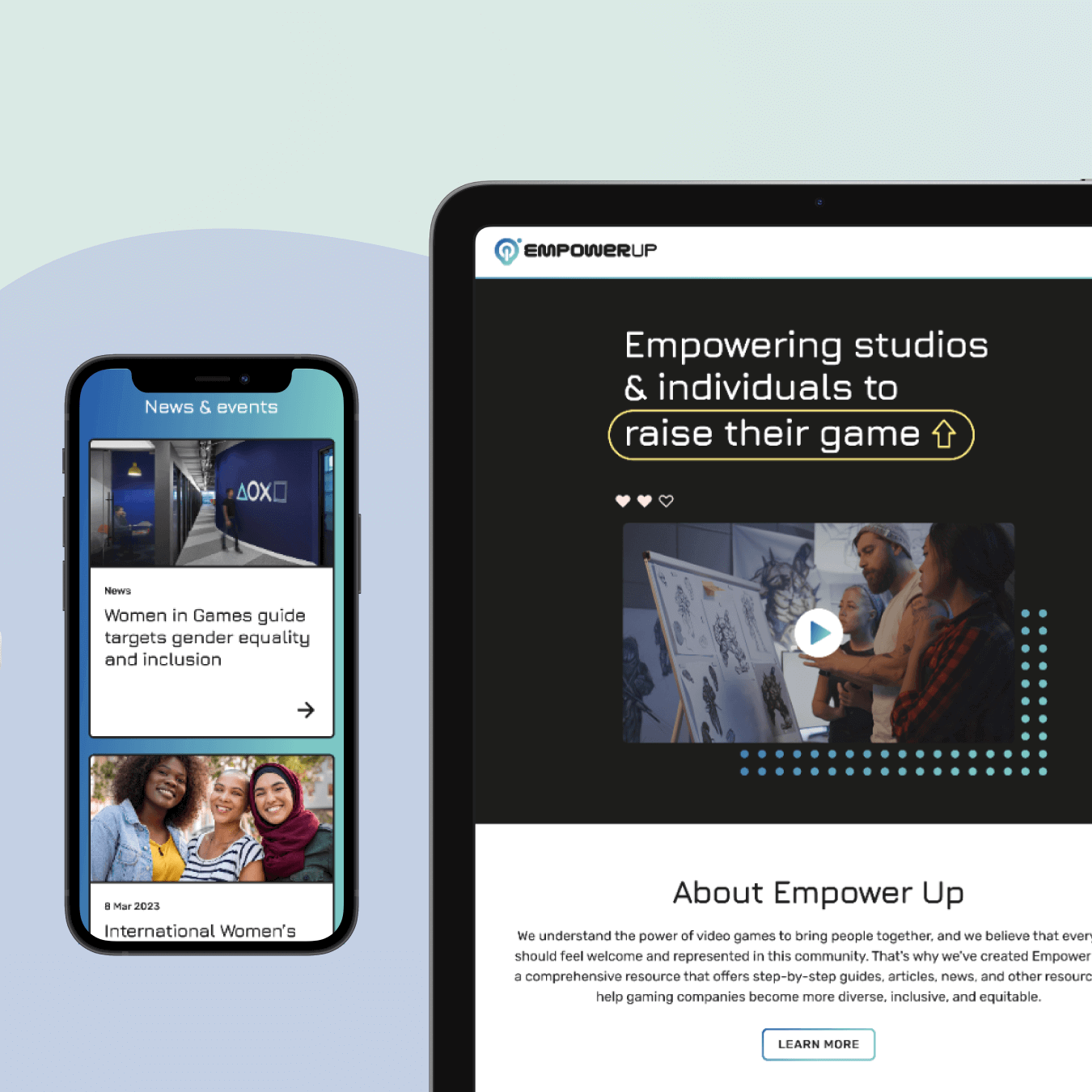
User-centred, accessible & conversion-optimised experiences


At Filter, we create intuitive, user-centred designs that enhance engagement and drive conversions. Our UX and UI design services ensure that every digital interaction is seamless, accessible and aligned with business goals. We combine data-driven insights with modern design principles to craft experiences that are not only visually compelling but also highly functional.
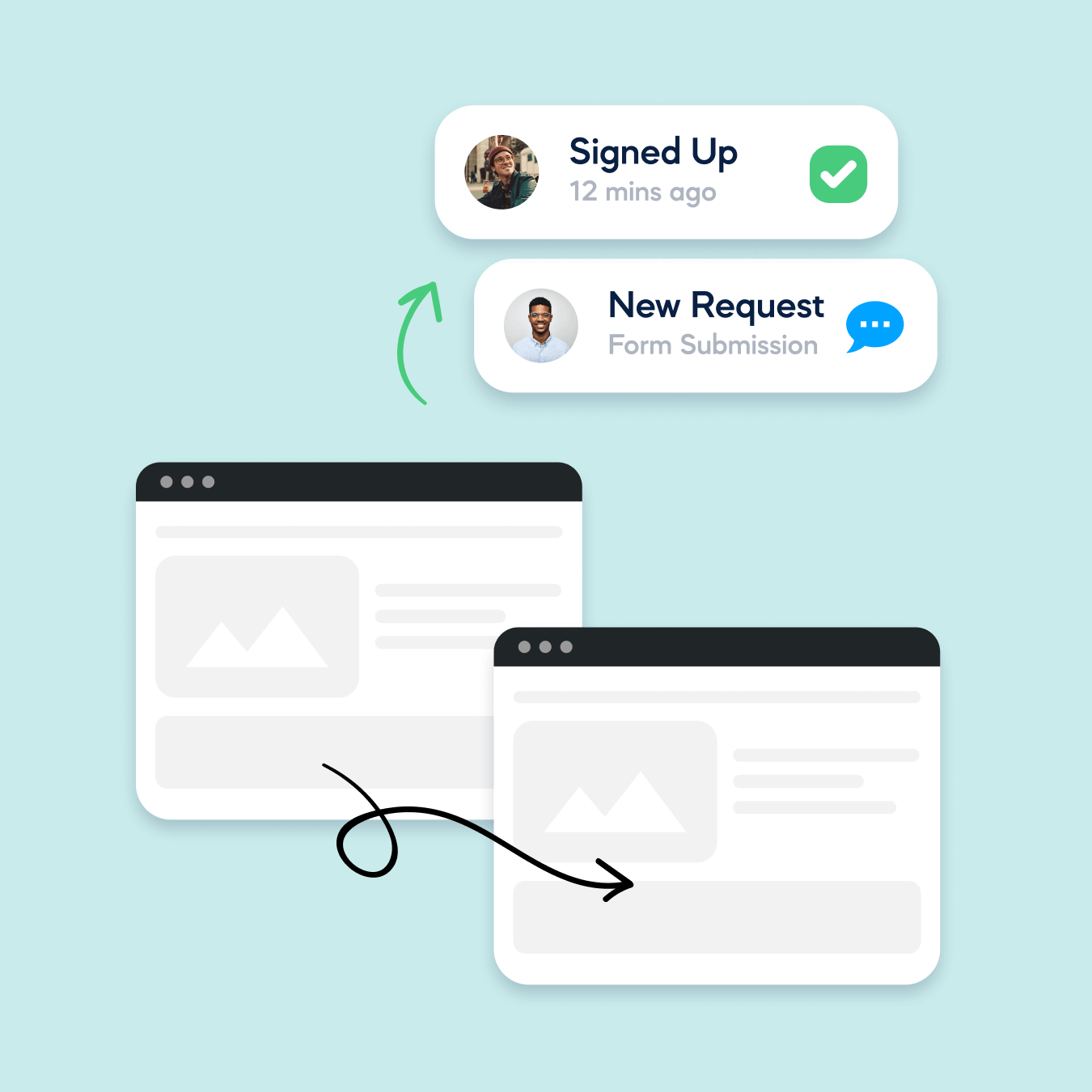
We take a research-driven approach to UX design, focusing on how users interact with your website. By conducting usability testing, heatmap analysis and behaviour tracking, we identify pain points and optimise navigation flows to create seamless user journeys.
Great design is about more than aesthetics – it’s about clarity, consistency and ease of use. We design modern, responsive interfaces that are visually appealing and built to guide users effortlessly toward key actions.
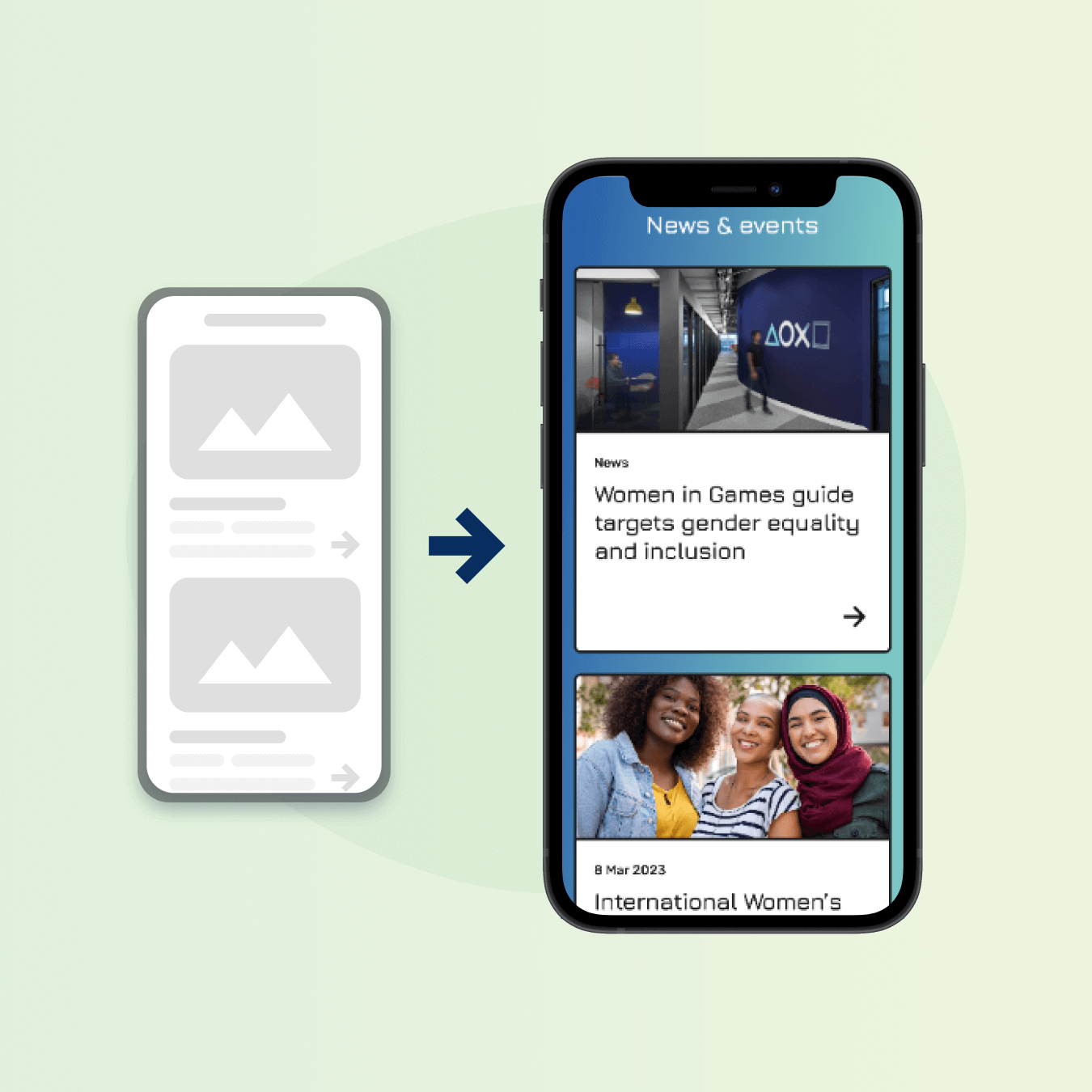
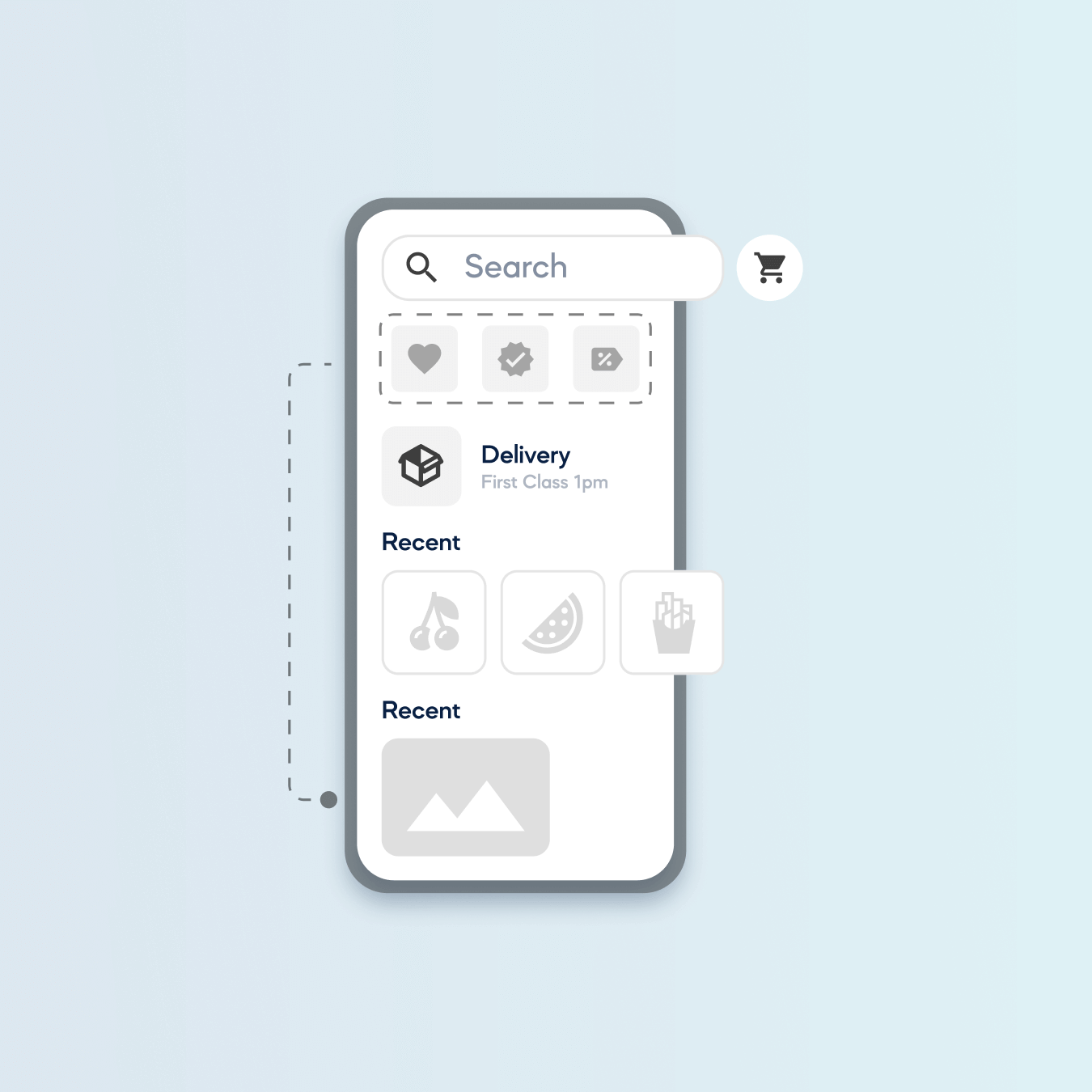
We create scalable design systems that ensure consistency across your digital presence. By developing reusable UI components, typography guidelines and brand-aligned styles, we help businesses maintain a cohesive look and feel across their websites and applications.

From research-driven UX to pixel-perfect UI, we create designs that enhance usability and drive results. Get in touch to discuss how we can elevate your website’s user experience.
We’d love to hear about your WordPress project.
"*" indicates required fields
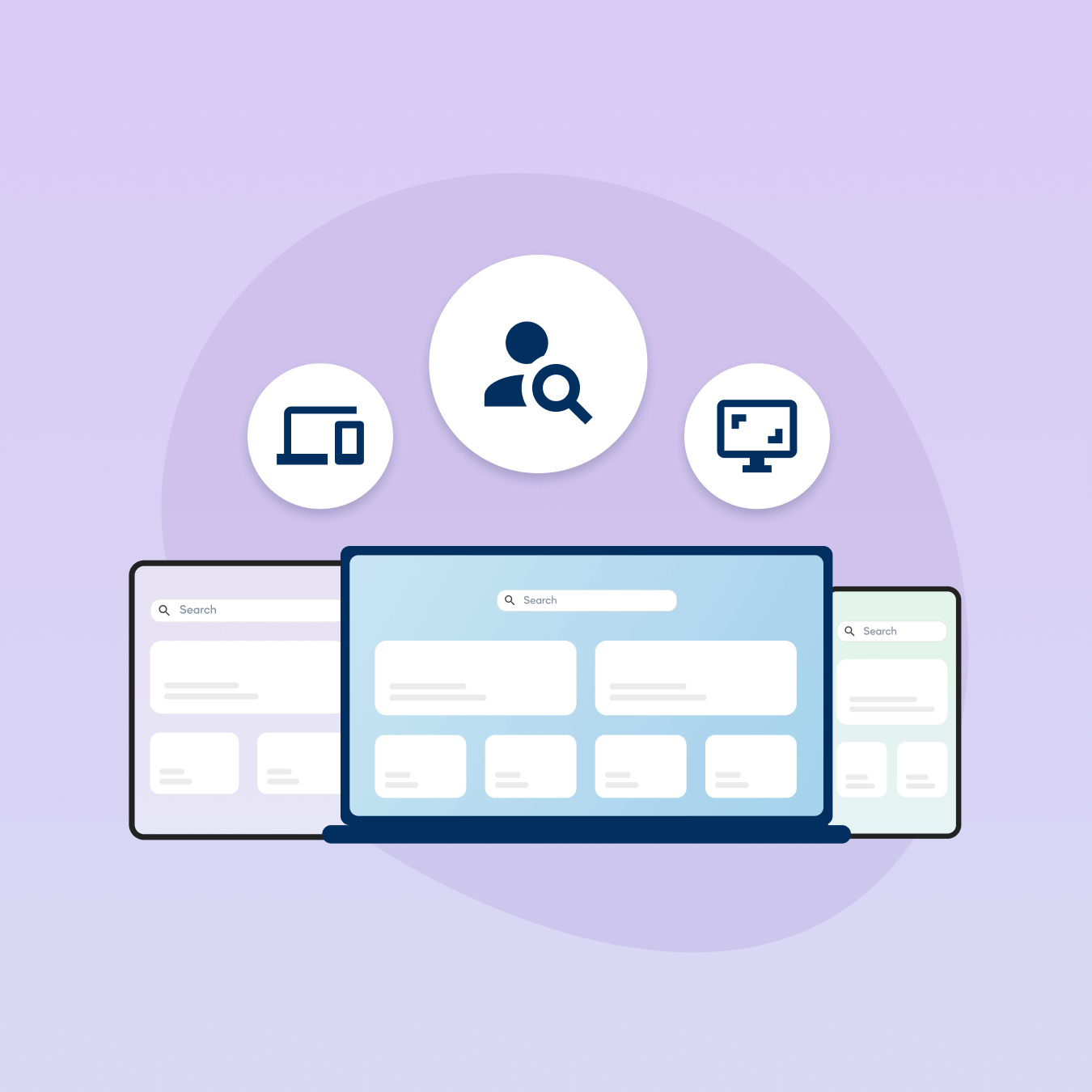
Before development, we build interactive prototypes to validate concepts and gather feedback. Through iterative user testing, we refine designs to ensure they meet real-world needs before launch.
We design with inclusivity in mind, ensuring that websites meet WCAG compliance standards. From colour contrast considerations to keyboard navigability, we ensure digital experiences are usable by all.

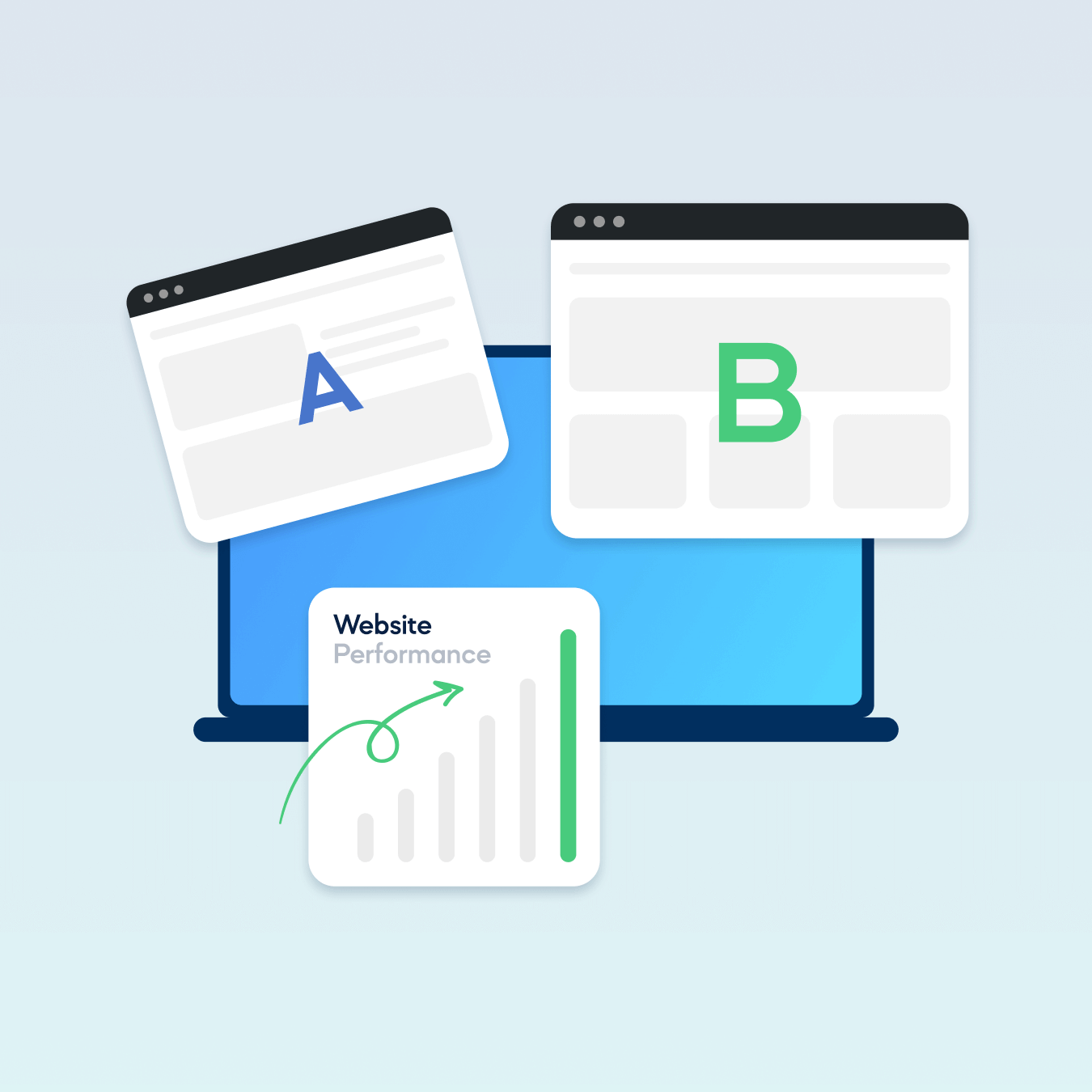
Every design decision is made with conversion optimisation in mind. Whether it’s streamlining checkout flows, optimising forms, or improving CTA visibility, we create experiences that encourage user engagement and business growth.